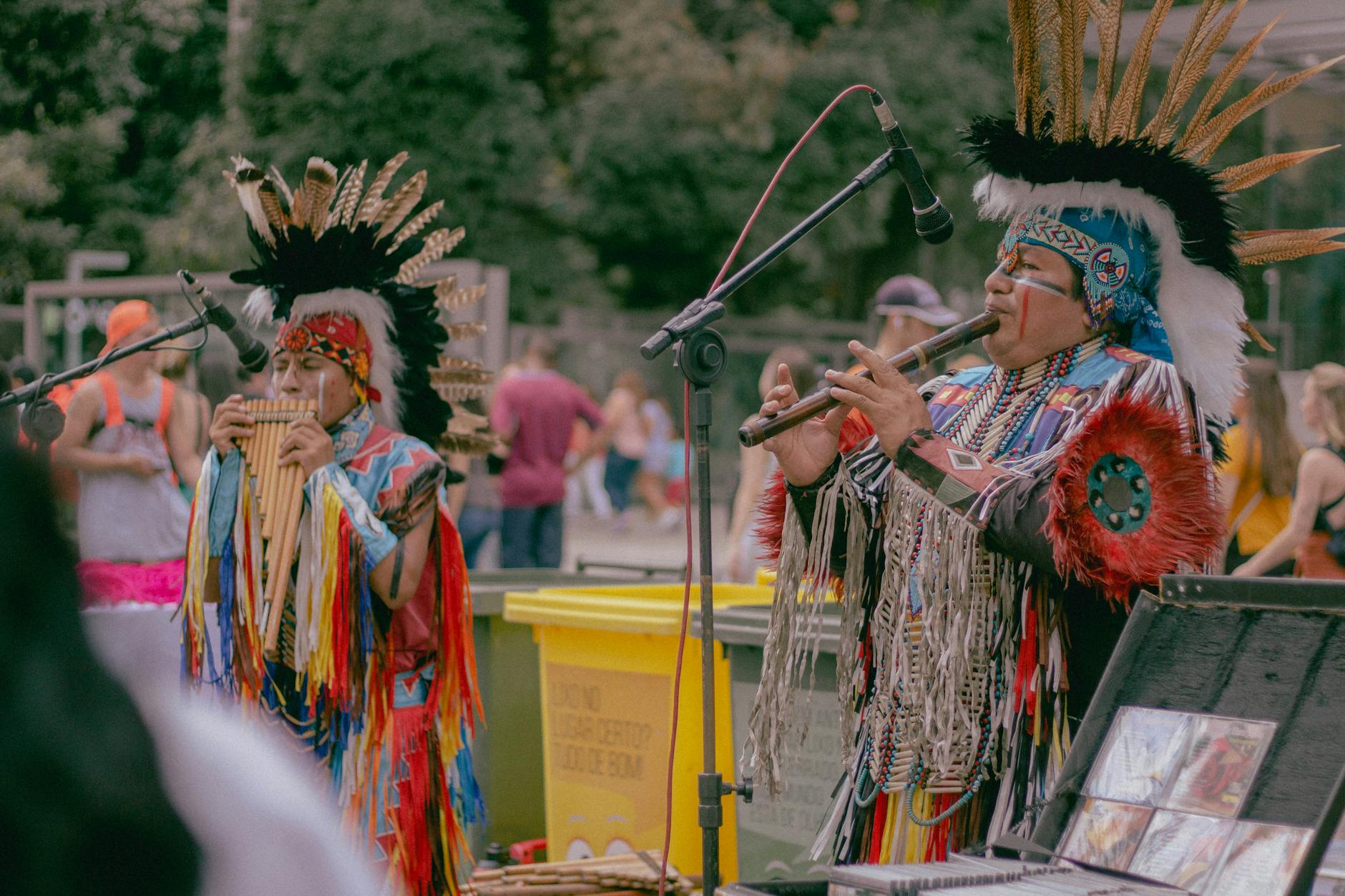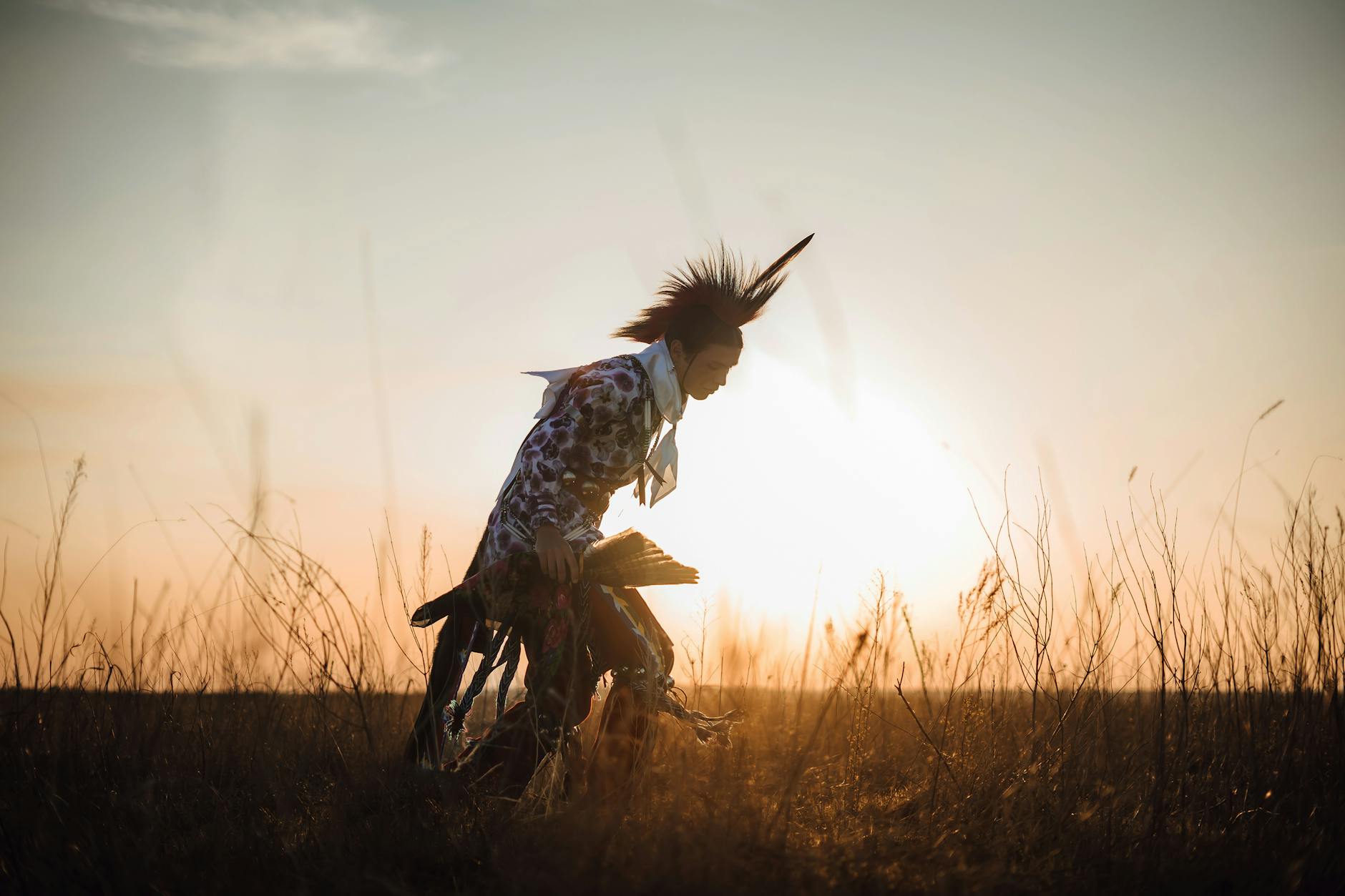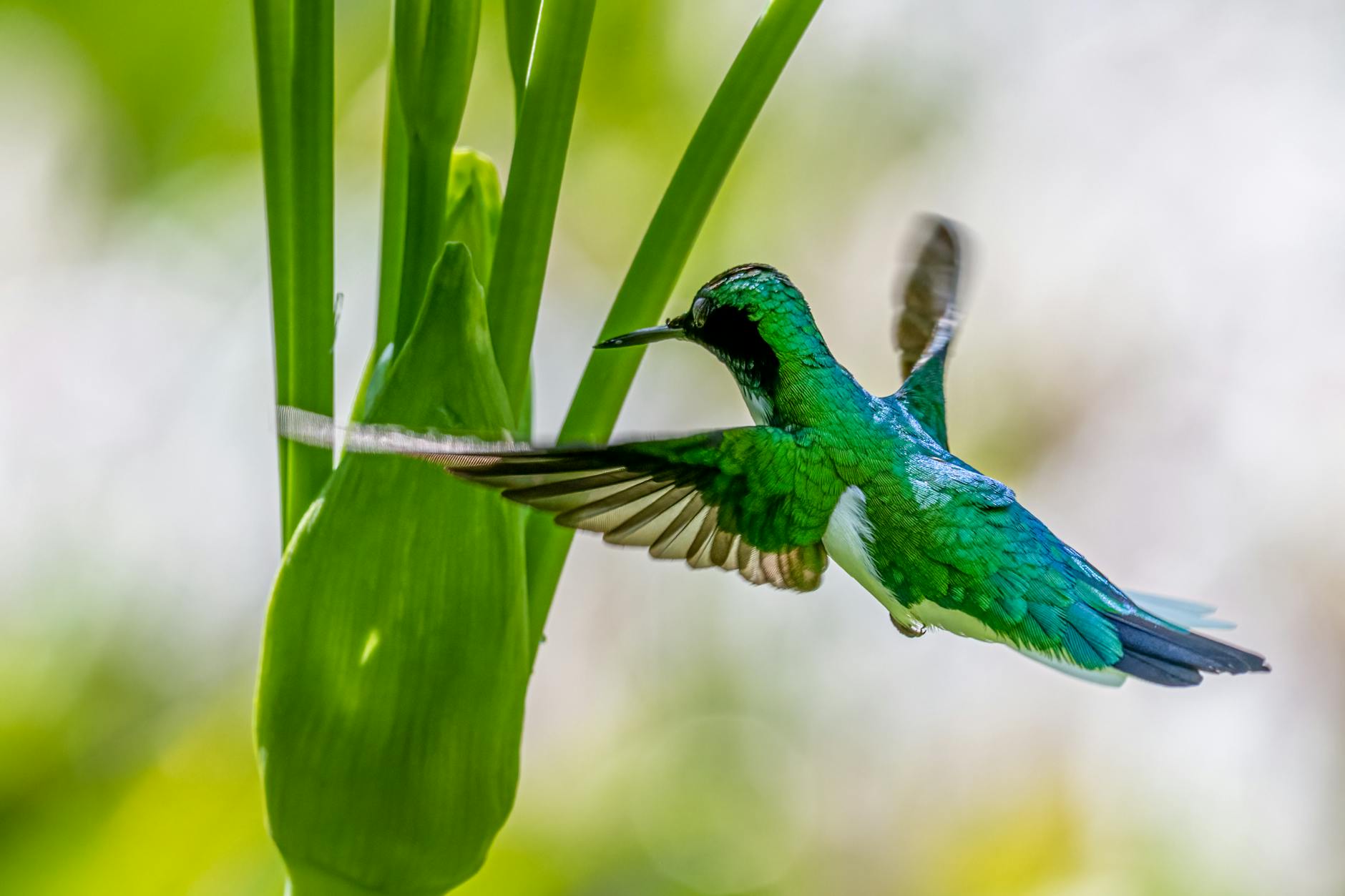
Native American Words for Hummingbird: Cultural Meanings and Linguistic Insights
Hummingbirds hold deep significance in many Native American cultures, often symbolizing energy, joy, and resilience. Their names in various Native languages reflect this importance, with meanings tied to movement, nature, and spirit. In this post, we’ll explore these words and the unique stories they carry, offering a glimpse into the connection between language and tradition.
The Role of Hummingbirds in Native American Cultures
Tiny and swift, hummingbirds have fascinated Native peoples for centuries. From symbolism to storytelling, their presence is deeply woven into the fabric of tribal beliefs and traditions.
Symbolism of Hummingbirds
Hummingbirds are seen as messengers of joy and love in many Native American tribes. Their rapid movement and vibrant colours bring life and energy wherever they appear. For some, these birds are a symbol of healing and hope, creating a connection between the physical and spiritual worlds.
Among the Hopi, hummingbirds are revered as rainmakers. Their ability to hover mid-air is believed to mimic prayers reaching the heavens. In contrast, the Navajo view them as bringers of balance, harmonising nature with human existence.
These interpretations share one thing: they showcase hummingbirds as agents of positivity, renewal, and connection to the divine. Their small size is deceptive—within these birds lies a profound spiritual significance.
Hummingbirds in Tribal Stories and Myths
Many tribal stories feature hummingbirds in central roles, often as heroes or problem-solvers. For example, the Cherokee tell of a hummingbird who raced to retrieve a lost tobacco plant to heal the people. Its determination and speed saved lives, making it a symbol of perseverance and service.
The Aztecs, although not part of Native American tribes of the present-day United States, also considered hummingbirds sacred. They associated them with their god of war, Huitzilopochtli, highlighting their bravery despite their tiny stature.
In Apache tales, the hummingbird is portrayed as a helper and teacher. It shows people how to navigate the challenges of life while remaining graceful and calm under pressure.
These stories are like threads in a rich cultural tapestry, reinforcing the role of hummingbirds as protectors, guides, and symbols of resilience. Their swift movements and unwavering energy make them unforgettable characters in oral traditions passed down through generations.

Photo by Gabriela Custódio da Silva
Linguistic Diversity in Native American Languages
Native American languages represent a cultural mosaic, each embedded with unique worldviews, traditions, and philosophies. With over 500 tribal groups across North America, the linguistic diversity is breathtaking. These languages reflect intricate connections to the land, community, and spirituality. However, their complexity makes translation and preservation challenging, both critically important for ensuring their survival.
Challenges in Translation
Translating Native American words into English often feels like fitting a perfectly carved stone into an imperfect mold. These languages include nuances, metaphors, and cultural layers that go beyond simple definitions. Words like those for “hummingbird” encapsulate more than a creature; they hint at movement, spirit, or cultural values.
Why is this? Native American languages often rely on context and visuals rather than direct equivalence. For instance, verbs can reflect ongoing actions or states of being rather than simple facts. A single word may describe a hummingbird by mimicking its rapid wing beats, evoking imagery that’s impossible to capture with an English equivalent.
Additionally, some languages are polysynthetic, meaning words are composed of many smaller parts or “morphemes.” This allows Native American expressions to convey entire phrases or ideas in what seems like a single compact term. Imagine trying to compress poetry’s beauty into a strict mathematical formula—that’s the challenge translators face.
While the hurdles are immense, dedicated linguists work hand-in-hand with tribes to carefully preserve the cultural richness at stake, aiming to ensure that no meaning is washed away in translation.
Preservation of Languages
Efforts to preserve Native American languages are gaining momentum, and the stakes are high. Over centuries, colonisation and assimilation policies caused many tribal tongues to be silenced, yet today there’s a spirited revival to keep these voices alive.
Community-based programmes, tribal language immersion schools, and digital tools are at the forefront. For example, some tribes are creating online dictionaries and apps to pass knowledge to younger generations—a modern spin on oral traditions. Additionally, the recording of native speakers is central to documentation efforts, safeguarding the natural cadence, tone, and warmth of the language.
But why does this matter? Languages shouldn’t just be seen as ways to communicate; they’re repositories of culture and history. When a language fades, so too do the stories, customs, and ways of understanding the world that it carries. By investing in preservation, Native communities are keeping their unique identities and perspectives alive for future generations.

Photo by Cody Hammer
Preservation is not just about saving words but about nurturing entire cultural ecosystems. It represents resilience in the face of adversity and the power of community. Every revitalised phrase or meaning holds the strength of generations.
Examples of Native American Words for Hummingbird
Hummingbirds hold a special place in Native American languages, with their names often reflecting intricate cultural and spiritual symbolism. These tiny creatures, known for their agility and beauty, inspire words that capture their essence across various tribes. Let’s explore these connections.
Hummingbird in Navajo (Diné) Language
The Navajo word for hummingbird is “da’di’nílíní”, a term that translates to “one who hovers.” This name beautifully mirrors the way the bird seems to float in the air, its tiny wings a blur of motion. For the Navajo, the hummingbird represents balance and harmony. Its ability to pause mid-flight and sip nectar is seen as a metaphor for calm amidst chaos.
In Navajo culture, balance isn’t just about physical steadiness but also emotional and spiritual harmony. The hummingbird, ever graceful, reminds us to find stillness even when life moves quickly. Much like their cosmology emphasises interconnectedness, this bird is a reminder of unity and equilibrium in nature.

Photo by Steven Paton
Hummingbird in Cherokee Language
In Cherokee, the word for hummingbird is “walela”, derived from rich oral traditions. This bird plays a significant role in Cherokee stories, often seen as a hero or a benevolent figure. One well-known tale recounts a hummingbird retrieving tobacco to save the people. Here, “walela” embodies quick thinking, determination, and hope—a small bird achieving a grand feat.
Hummingbirds also carry a spiritual significance in Cherokee culture. They’re seen as messengers, bridging the gap between the earth and higher planes. Their vibrant colours and rapid movements are believed to represent life’s vibrancy and the importance of perseverance through struggles.
Other Tribes and Their Words for Hummingbird
Many other tribes have unique words for hummingbirds, each loaded with meaning and cultural depth:
- Hopi: The Hopi call the hummingbird “töcha,” associating it with rain and prayers for water. Its flight is said to mimic the journey of blessings reaching the heavens.
- Zuni: For the Zuni, the hummingbird is referred to as “kolowisi,” tying it to fertility and bountiful harvests.
- Lakota: In Lakota, the hummingbird is described by its sound—“čiŋkȟáŋsha,” meaning “little warbler,” highlighting its unique, buzzing presence.
Each term not only captures the bird’s physical traits but also weaves it into the spirituality of the people. Some tribes craft words reflecting the hummingbird’s role in their environment, while others focus on its symbolism, whether as a nurturer, warrior, or messenger.
Understanding these words reveals more than just linguistic differences; it opens a window to how deeply connected Native Americans are to nature. Through language, their reverence for the hummingbird extends to broader themes of survival, connectivity, and harmony.
Hummingbirds as Messengers and Protectors
Hummingbirds are more than just tiny, agile birds to many Native American cultures. They are deeply woven into spiritual beliefs, often seen as messengers between worlds and protectors of the natural order. Today, their significance continues to inspire and resonate within Native communities.
Spiritual Significance
Across Native tribes, hummingbirds are treasured for their symbolic presence in rituals and prayers. They are viewed as bearers of messages from the spirit world, bridging the gap between humanity and nature. Their unique ability to hover mid-air is often seen as a metaphor for deep stillness amidst action, a state of balance revered in spiritual practice.
In tribal ceremonies, hummingbirds hold a prominent role. For instance, among the Navajo, their presence during specific prayers is believed to bring blessings and harmony. They are also used in storytelling, often portrayed as being swift, courageous, and selfless in their efforts to protect communities.
Some spiritual leaders interpret a hummingbird’s visit as a sign of encouragement from ancestors or spirits. These visits, fleeting yet profound, are often moments of reflection and gratitude—reminding individuals to stay lighthearted and focus on the beauty in life’s small details.

Photo by Junchen Zhou
Modern Perspectives
Today, Native communities continue to honour hummingbirds while interpreting their role through contemporary contexts. These tiny birds are often celebrated through artistic expressions, such as beadwork, pottery, and modern storytelling. The vibrant colours and swift movements of hummingbirds are frequently featured in patterns that symbolise joy, resilience, and connection to nature.
In some language-preservation efforts, hummingbirds remain a figure of inspiration. They teach the value of persistence and the importance of tending to what matters, just as these birds persistently seek nectar. Communities see them as a bridge that carries the essence of old-world stories into modern life.
In ceremonies today, hummingbirds are still recognised as spiritual guides. When someone spots a hummingbird, it can serve as a gentle reminder that they are being watched over or that harmony surrounds them. Historical narratives of bravery, like the Cherokee tale of “walela,” continue to inspire courage within younger generations.
By merging traditional beliefs with modern interpretations, Native communities keep the spirit of the hummingbird alive. For them, these birds remain teachers, guides, and reminders of the profound connection between humans and the natural world.
Conclusion
Exploring Native American words for hummingbird offers a unique glimpse into the deep connection between language, culture, and nature. Each word reveals not just a bird, but a story, an identity, and values tied to the land and spirit.
This knowledge reminds us of the beauty in preserving traditional languages and the cultural insights they carry. By supporting these efforts and sharing these stories, we honour the profound legacies behind every word and symbol.
What do these meanings inspire in you? Share your thoughts and keep the dialogue alive.





